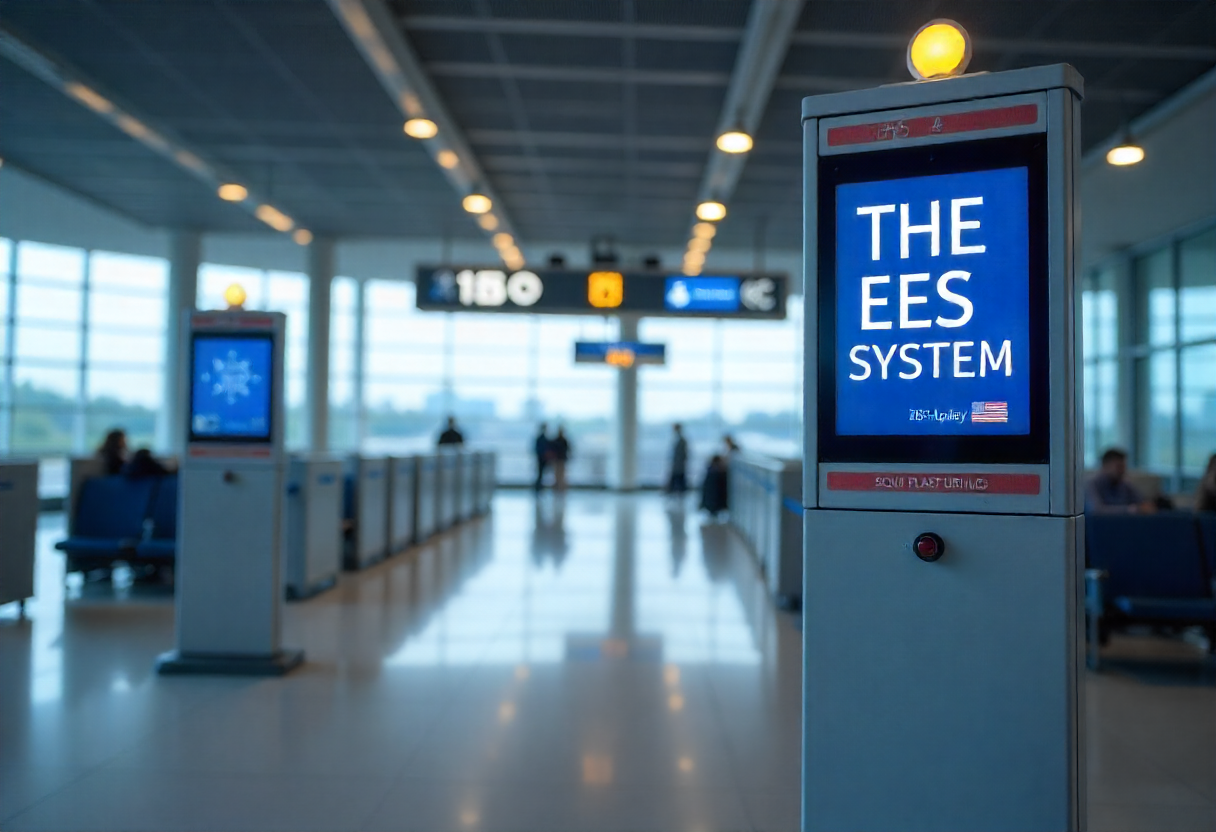Essentials of the EU’s New Passenger Entry/Exit System (EES)

The EU's digital "Entry/Exit System (EES)" will start operating on 12 October 2025. European countries using the EES will introduce the system gradually at their external borders with full implementation by 10 April 2026.
What is the EES? The EES is the electronic system where the traveller's travel document, entry, exit, and refusal(s) of entry are registered. The main goals of the system are to prevent irregular migration and improve security within the Schengen Area.
What are the legal bases of the EES? EES is based on Regulation (EU)2017/2226 and Regulation (EU)2025/1534.
To which passengers will the EES apply? The EES will apply to "non-EU citizens"* travelling to the EU for a "short stay"**, regardless of whether they require a visa to enter the EU.
* Non-EU citizen: For the purposes of the EES, a non-EU citizen is someone who does not hold citizenship of an EU country or of Switzerland, Iceland, Liechtenstein, or Norway.
** Short-term travel: This means a maximum of 90 days in any 180 days. This period is calculated as a single period for all European countries using the EES.
Which EU/Schengen countries will implement the EES? The system will be implemented in the following countries: Austria, Belgium, Bulgaria, Croatia, Czechia, Denmark, Estonia, Finland, France, Germany, Greece, Hungary, Iceland, Italy, Latvia, Liechtenstein, Lithuania, Luxembourg, Malta, Netherlands, Norway, Poland, Portugal, Romania, Slovakia, Slovenia, Spain, Sweden, and Switzerland.
What is the self-service system within the EES? The self-service system, which EU countries participating in the EES have the discretion to implement, is a piece of equipment that enhances the automation of the EES process. Passengers can use this system to perform the following operations: Registration, data upload, and checking whether their data is registered in the EES. However, the self-service system does not replace passport control; passengers must queue at passport control after completing the self-service process.
Will the passport stamping process end when the EES starts operating? No. The process will end on April 10, 2026, when the gradual transition will be completed. For the six months leading up to this date, electronic registration and physical stamping procedures will co-exist.
Will the EES have any impact on short-term stays for truck drivers? The EES does not amend the EU rules on short-term stays. However, truck drivers can be exempted from registration in the EES if:
► They apply for and are granted a residence permit in a Member State, allowing them long-term stay in that Member State and free movement within the Schengen area for 90 days within any 180 days,
► Member States' border guards could give facilitations at border crossing points for truck drivers they recognise as "cross-border workers" as defined in the Schengen Borders Code, Annex VII point 5. In that case, there would only be random checks upon border crossing and no EES registration. The maximum duration of stay of 90/180 days in the Schengen area continues to apply.
For further information: nihancetin.law@gmail.com, info@otaghukuk.com.tr